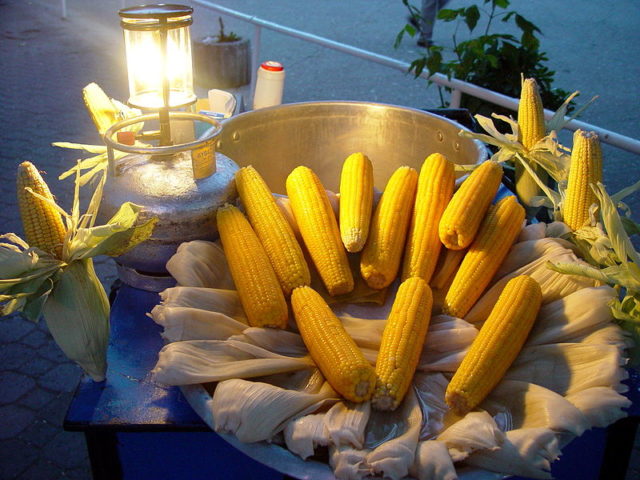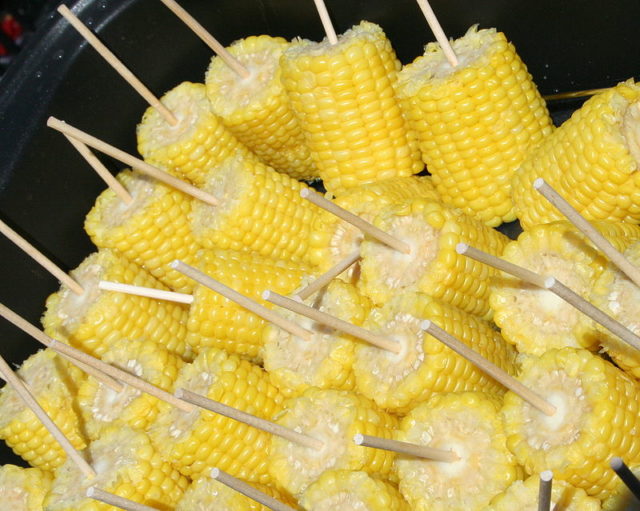Corn is a versatile vegetable for many households – consider cornbread, corn on the cob, popcorn, and even fried corn. It is also used to make cereals and snacks that people consume daily.
Corn is not only popular – it also has an interesting history, and scientists have made new discoveries on its domestication using a 5,310-year-old corn cob.

Excavated in Tehuacan Valley, Mexico in the 1960s, the cob is named Tehuacan162 and is one of the five oldest in the world. Dr. Nathan Wales of the Natural History of Demark, who headed the study of Tehuacan162, explained that 9,000 years ago, in what is now Mexico, prehistoric people ate a wild grass called teosinte. Over the course of several thousand years, the grass evolved into corn with hard seed coats. That corn then evolved into the soft kernelled corn seen on Tehuacan162.
Dr. Wales and fellow scientists studied the physical and genetic attributes of Tehuacan162 and published their findings in Current Biology, which they assert was only possible because the prehistoric corn was so well preserved. Bacterial DNA that is usually present in ancient specimens due to decomposition and contaminants was low in Tehuacan162, making 70% of its original DNA available for study.
At first, scientists analyzed the distinct physical characteristics of Tehuacan162. It does not have hard seed coats like its ancestors did, and it is much smaller than modern corn at only 2 centimeters long. In addition, the cob has only eight rows of kernels, which is half that of modern corn. They concluded that the DNA of the cob would provide insight into the early stages of corn domestication.
Using innovative paleo genomic techniques, Dr. Wales and his team removed Tehuacan162’s DNA for sequencing and preserved enough of the sample to use radiocarbon dating to figure out the corn cob’s exact age. Their findings show that Tehuacan162 is more similar genetically to modern corn than its ancestral corn. One reason for this is that Tehuacan162 had mutations present to make corn kernels soft – a feature of modern corn, Mail Online reported.
Jazmin Ramos-Madrigal, a Ph.D. student for the study, stated, “This is only the beginning of the story. Humans dispersed maize across the Americas very quickly and very successfully. We want to know how humans dispersed it, which routes they took, and how maize adapted to such diverse environments”.

Corn as modern people know it – be it popped, boiled, grilled, or fried – looks vastly different from its ancestors’ corn. The discoveries of Dr. Wales and his team of scientists provide a unique link in the 10,000-year chain of corn evolution and domestication.
Such findings can lead to further understanding of how ancient people such as the Mayans consumed corn, and how modern societies can improve corn production.
